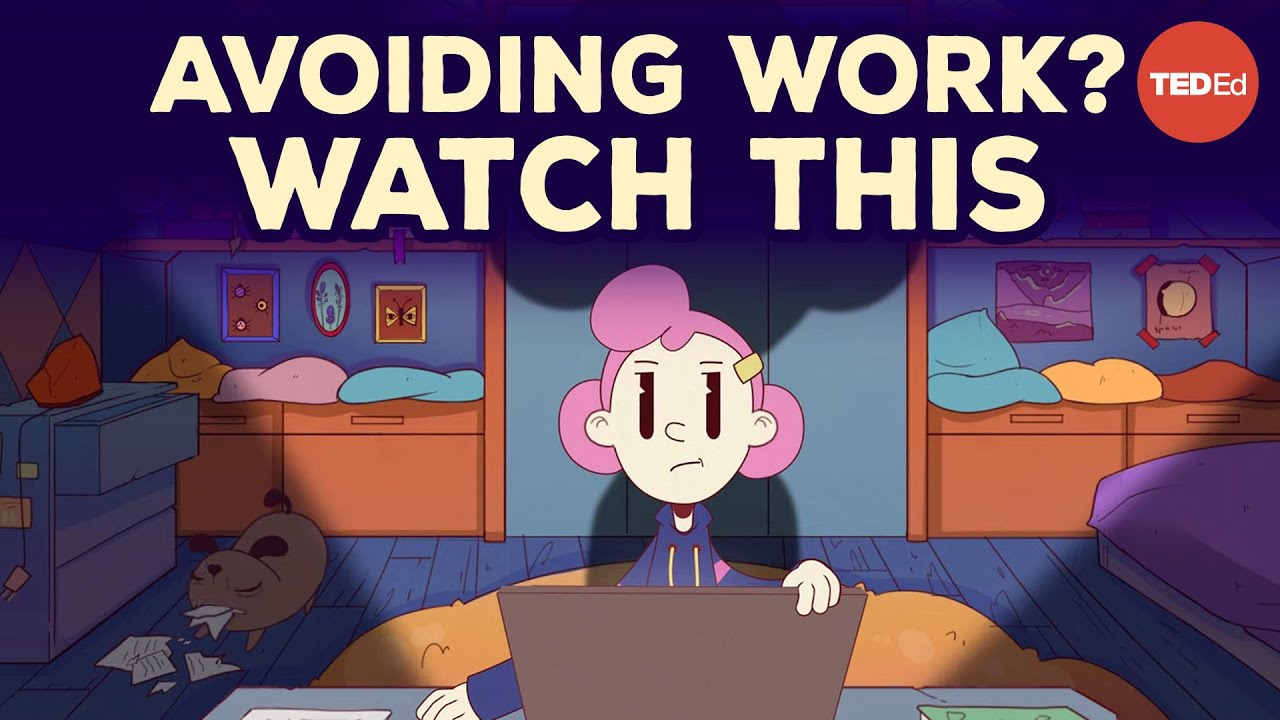The Benefits Of Daydreaming
Chat With Your XTutor About This Video Lesson
Lesson Article
Unlocking the Power of Daydreaming: A Closer Look at the Mind’s Wandering
Did you know that you spend between a third and a half of your waking hours daydreaming? It may seem like an enormous waste of time, but scientists believe it serves a purpose. Otherwise, we wouldn’t have evolved to do it so frequently. Let’s delve into the fascinating world of the mind-wanderer, using the quintessential example of a bored teenager.
The Bored Teenager: A Daydreaming Case Study
Imagine being a teenager, bored and daydreaming about discovering something new, like a unique plant species. You envision yourself as an explorer, sailing around and documenting your findings. You wonder if there’s anything left to discover in this vast world. You also question if you have the endurance to deal with challenges like dysentery, scurvy, or piranhas. Despite these doubts, you dream of developing the discipline to wake up before sunrise and practice for your track races. You see yourself winning all your races, becoming so good that you pick up other events just for fun. Eventually, you imagine making it to the Olympics and being crowned team captain.
The Science Behind Daydreaming
So, what exactly is happening in our brains when we daydream? Scientists use brain imaging techniques to identify active brain areas during various activities, including daydreaming. These techniques reveal increased blood flow and energy expenditure in these areas, indicating activity. When we’re focused on a task, our executive network is active. However, when our minds start to wander, a different set of brain areas, known as the default mode network, becomes active.
Understanding the Default Mode Network
The term ‘default mode’ might suggest inactivity, but that’s far from the truth. For many years, scientists associated this pattern of activity with rest. However, further research reveals that these brain areas are involved when we revisit a memory, plan our future, or let our minds wander off on a wild daydream. The default mode network is also associated with increases in ideas and positive emotions. It can help us envision ways to reach our goals and navigate social situations.
The Role of Daydreaming in Creative Thinking
Daydreaming becomes especially intriguing when it crosses into the realm of free-moving associative thought that we aren’t consciously directing. Scientists believe that there are two essential parts to this process: a generative phase of free-flowing ideas and spontaneous thoughts, courtesy of the default mode network, and a process of selecting, developing, and pursuing the best ideas from that generative burst, driven by logical thinking thanks to the executive network. A host of imaging studies suggest that these two networks working in sync is a crucial condition for creative thinking.
The Interplay Between the Executive Network and the Default Mode Network
The evidence clearly suggests that the logical realm of the executive network and the imaginative realm of the default mode network are closely related. Even during daydreaming, the executive network plays a role when the default mode network is active. In teenagers, the prefrontal cortex and other areas involved in executive function are still developing. However, teens are perfectly capable of thinking through their problems and goals, especially when given space to do so on their own.
In conclusion, daydreaming is not a waste of time. It’s a powerful cognitive process that can foster creativity, problem-solving, and goal-setting. So, the next time you find yourself daydreaming, embrace it. You never know where your mind might take you.
Discussion Questions
- How often do you find yourself daydreaming, and what do you typically daydream about?
- Have you ever had a daydream that sparked a creative idea or solution to a problem? Can you describe that experience?
- Do you believe that daydreaming can be beneficial for personal growth and development? Why or why not?
- Have you ever experienced a “generative burst” of ideas during daydreaming? If so, how did you go about selecting and pursuing the best ideas?
- Do you think that there are certain environments or conditions that are more conducive to daydreaming and creative thinking? If so, what are they?
- Do you believe that daydreaming is more prevalent among teenagers, or do you think it is a common experience across all age groups? Why?
- What role do you think daydreaming plays in the process of setting and achieving goals? Can it help or hinder progress?
- How do you personally feel about daydreaming? Do you see it as a valuable and necessary part of your life, or do you view it as a distraction or waste of time?
Lesson Vocabulary
daydreaming – the act of having pleasant or wishful thoughts while awake, especially about fulfilling desires or fantasies – She often found herself daydreaming about traveling to exotic destinations during her boring classes.
mind-wandering – the tendency of the mind to wander or drift away from the task at hand, often to unrelated thoughts or fantasies – While studying for her exam, her mind kept mind-wandering to what she should wear for the party that night.
teenager – a person aged between 13 and 19 years old – As a teenager, he was constantly trying to find his identity and navigate the challenges of adolescence.
brain imaging – the use of various techniques to create images of the structure or activity of the brain – The neuroscientist used brain imaging to study how different areas of the brain were activated during specific tasks.
default mode network – a network of brain regions that is active when an individual is not focused on the outside world and their mind is at rest – The default mode network is associated with self-reflection, daydreaming, and mind-wandering.
creative thinking – the ability to think in new and innovative ways, often involving the generation of novel ideas or solutions – The artist’s creative thinking allowed her to create unique and captivating artworks.
executive network – a network of brain regions involved in higher-level cognitive functions such as decision-making, planning, and problem-solving – The executive network is responsible for coordinating and executing complex cognitive processes.
cognitive process – the mental processes involved in acquiring, processing, storing, and using information, including perception, attention, memory, and problem-solving – Learning a new language requires various cognitive processes such as memory, attention, and comprehension.
problem-solving – the process of finding solutions to difficult or complex issues or challenges – The team worked together to come up with a creative problem-solving approach to tackle the complex project.
goal-setting – the process of identifying specific objectives or targets and creating a plan to achieve them – Setting clear goals helped her stay focused and motivated to accomplish her tasks.
Share This Lesson:
- Categories: Grade 6, Grade 7, Grade 8, Psychology, TED Ed, Video Lessons
- Keywords: brain imaging, cognitive process, creative thinking, daydreaming, default mode network, executive network, goal-setting, mind-wandering, problem-solving, teenager








